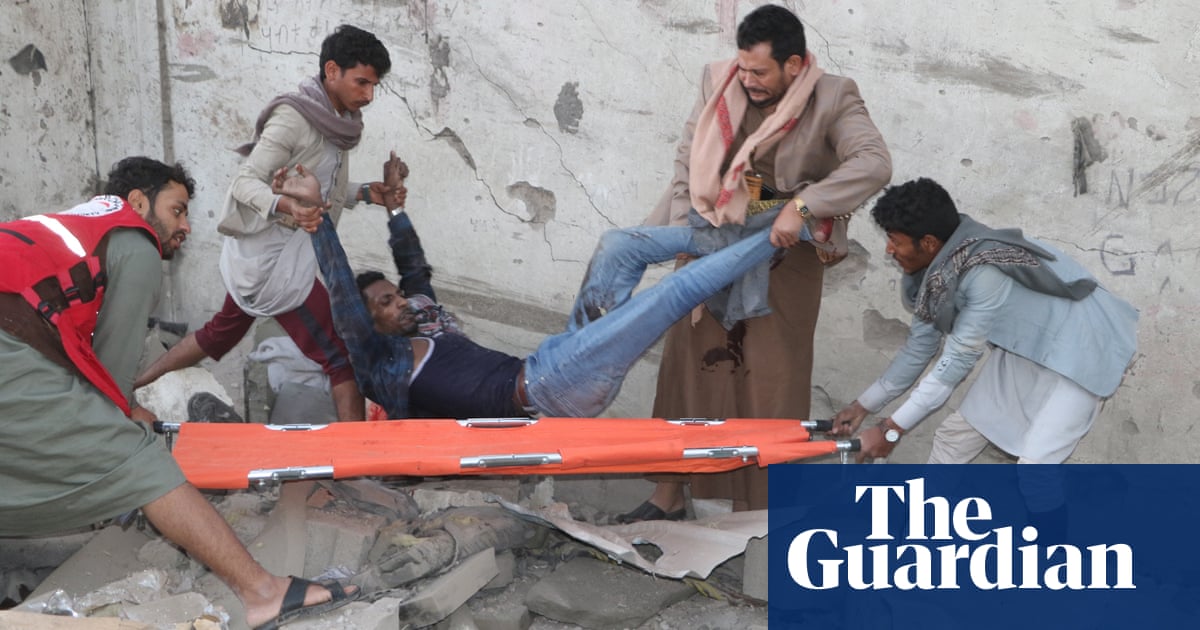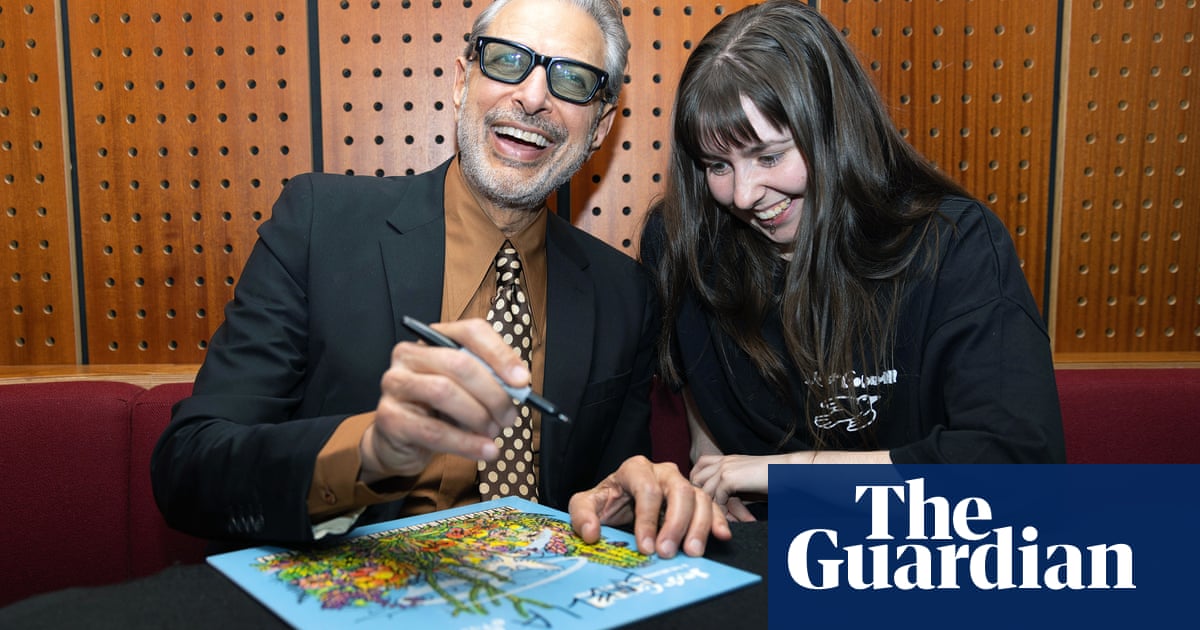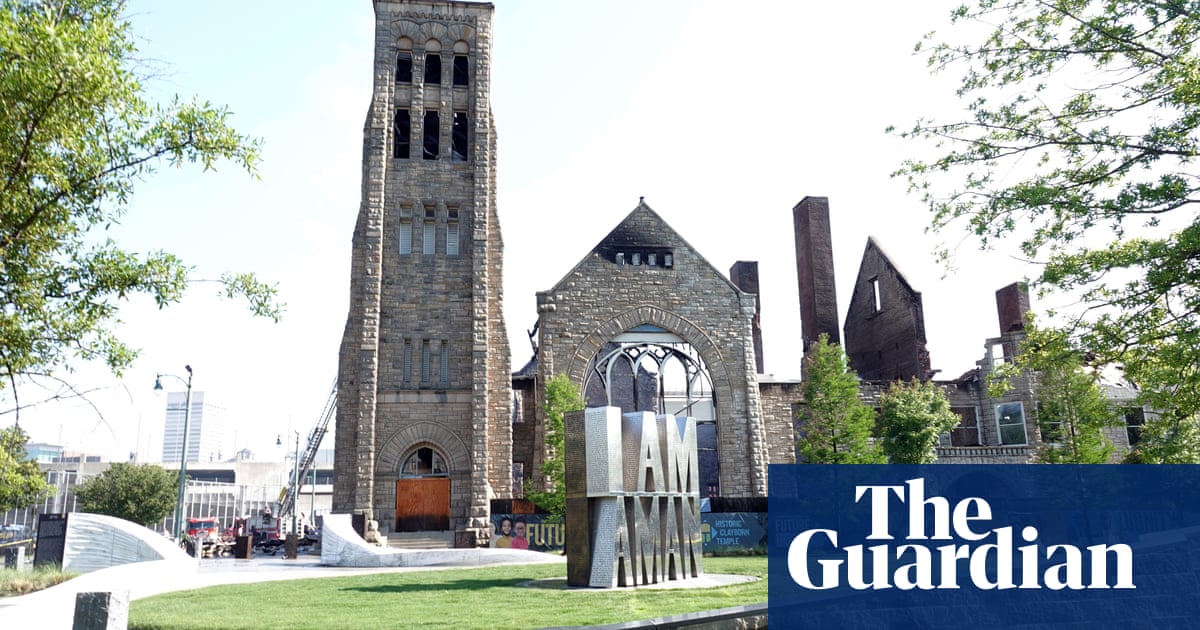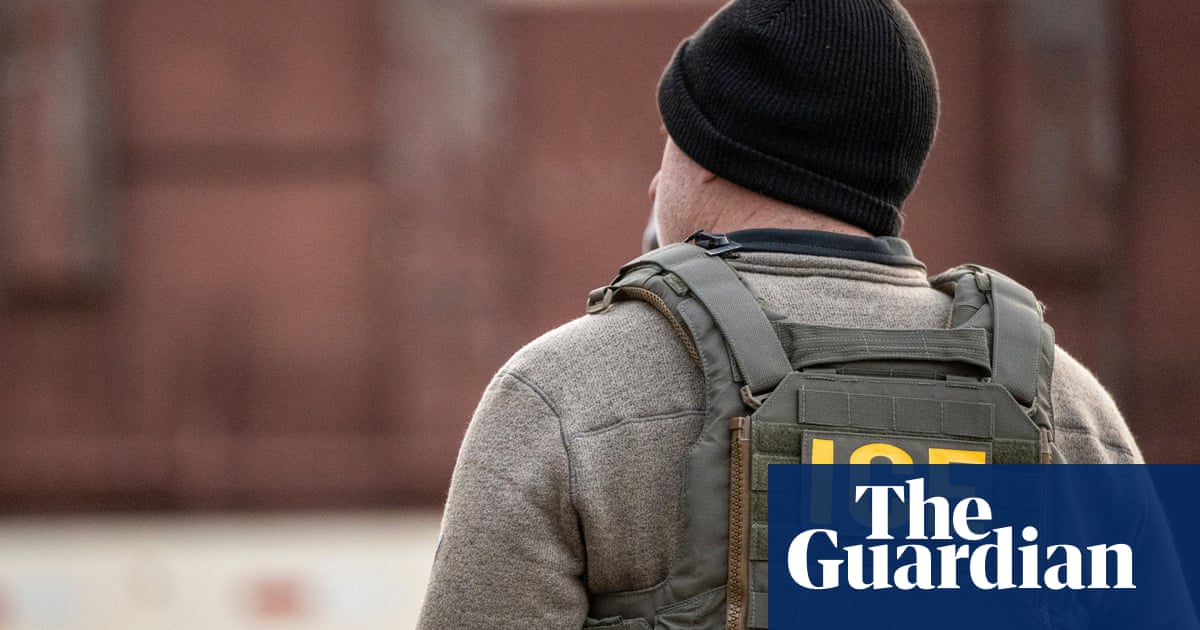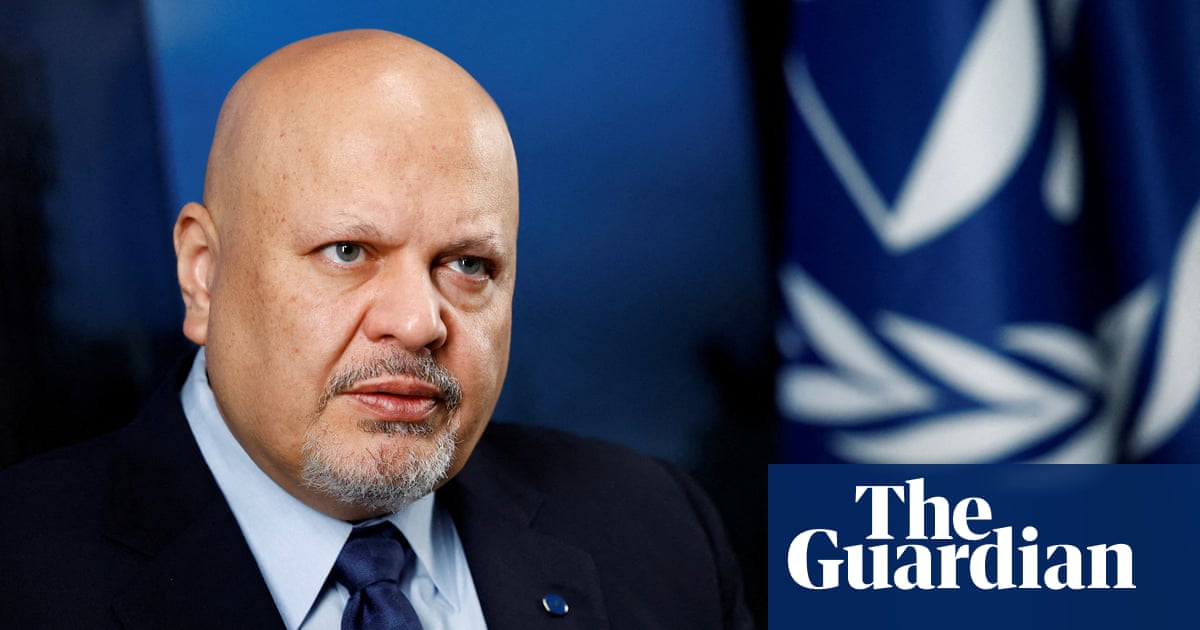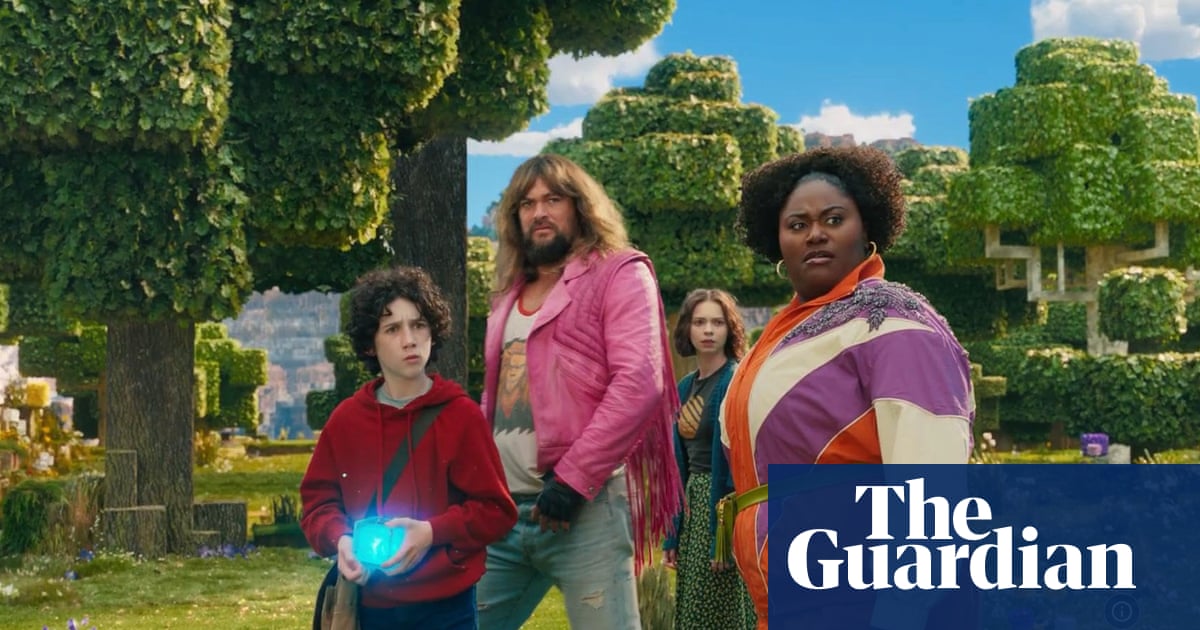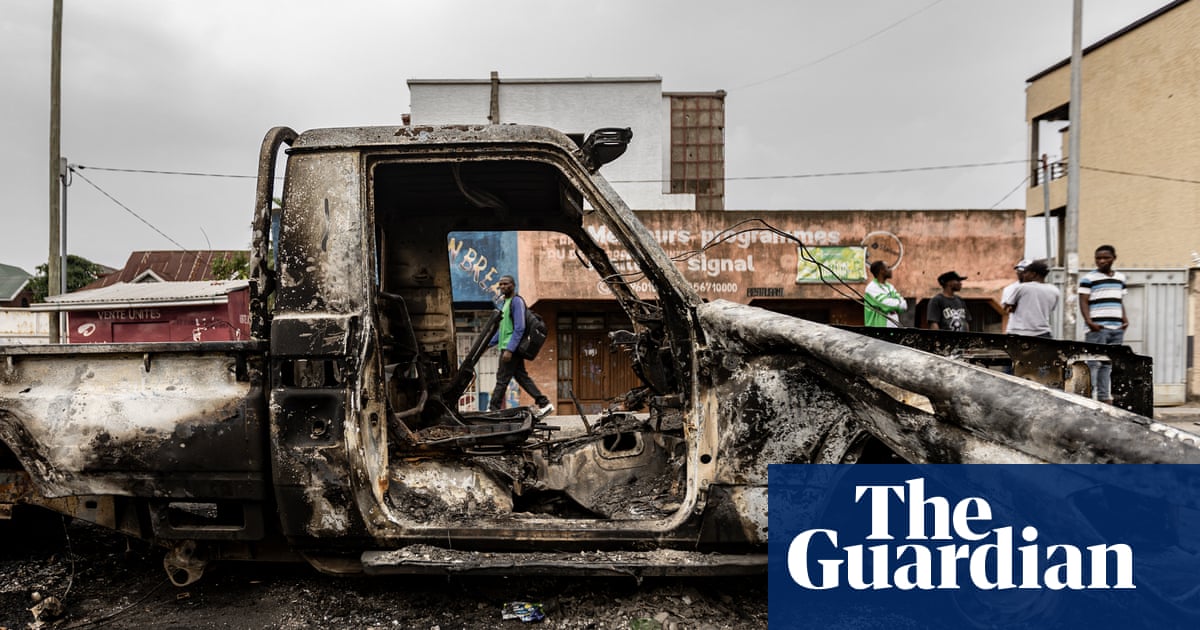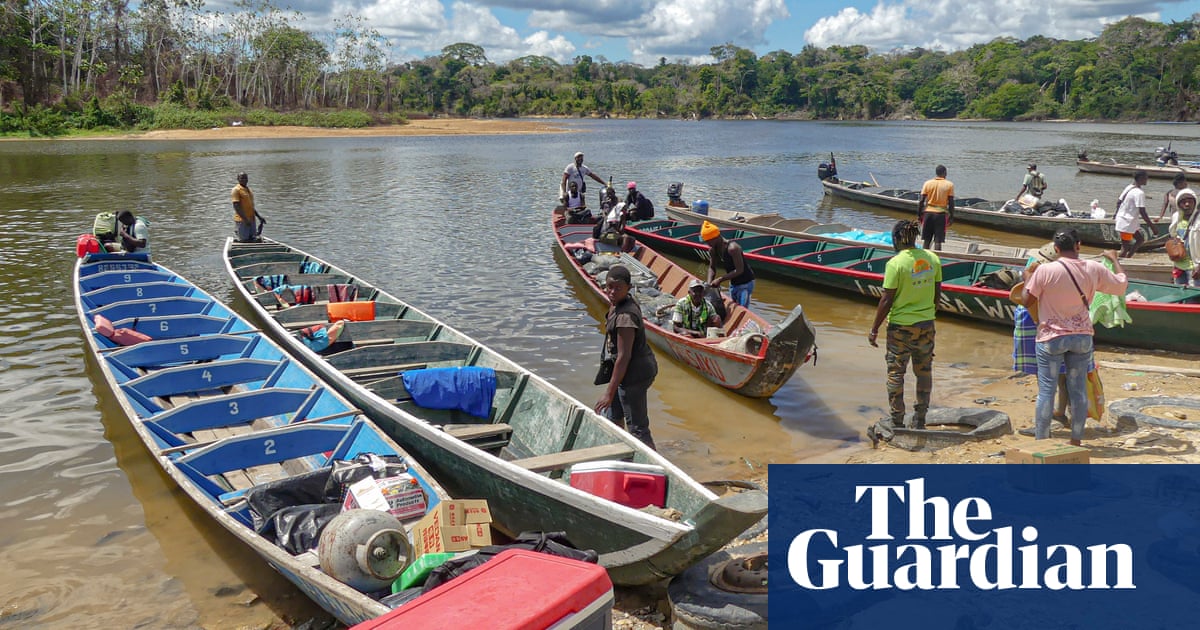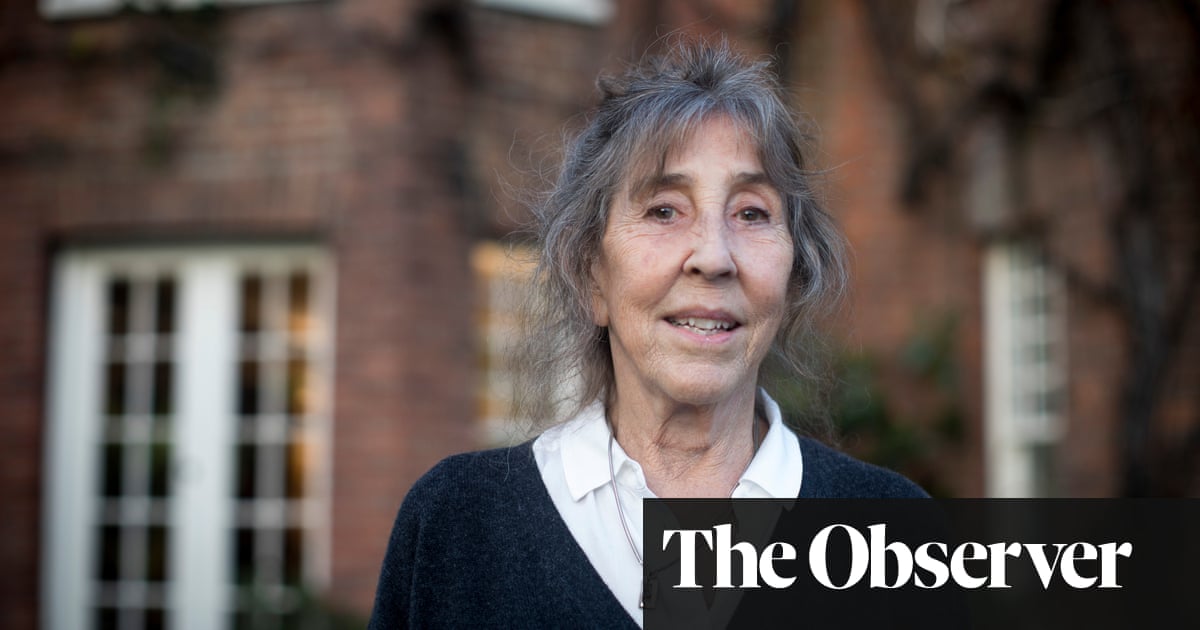Joel Souza never liked guns. “I didn’t grow up around them and I don’t like the culture,” says the grey-haired 51-year-old film-maker sitting at a desk at his home in Pleasanton, California. “Guns make me recoil. The idea of touching one, picking one up, I find very off-putting.”
In October 2021 he was in Santa Fe, New Mexico, on the set of his sixth feature, the western Rust, when a gun being held by the film’s star, Alec Baldwin, was discharged accidentally during rehearsals. The weapon should have been loaded with blanks but a live round had found its way into the chamber. The movie’s Ukrainian cinematographer Halyna Hutchins was fatally wounded. Souza was hit in the shoulder by the same bullet that killed her.
Did he think he might die? “I don’t remember what was going through my head. One of the stranger aspects is that it felt like I was lying there for five minutes. Apparently, it was half an hour.” Hutchins was taken away by helicopter, Souza in an ambulance. “I knew I could breathe but I didn’t know what to expect until I got to the hospital.”
In the aftermath, there was blame-slinging, multiple criminal cases and an official report that described the film’s producers as indifferent to gun safety. A settlement was paid by Baldwin to Hutchins’ family. Her widower Matthew Hutchins confirmed that all parties “believe Halyna’s death was a terrible accident”.
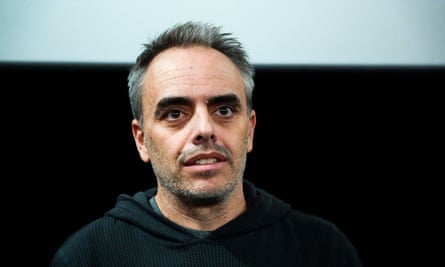
At the trial last summer, a charge of involuntary manslaughter against Baldwin was dismissed when it emerged that the prosecution had mishandled evidence. But the charge stuck in the case of the film’s prop armourer Hannah Gutierrez-Reed, who is serving an 18-month prison sentence. Dave Halls, assistant director on Rust, accepted a plea bargain and was convicted of negligent use of a firearm.
Even before Baldwin walked free, something unexpected had happened: 18 months after Hutchins’ death, the film resumed shooting. “The family wanted it completed,” explains Souza. “I’d been repelled by the thought of going back, but now it started to appeal. And I couldn’t live with the idea of someone else doing it.”
During the first round of filming in 2021, there were disagreements with Baldwin over the nature of his character. One of Souza’s stipulations for returning was that everyone on set had to fall in line with his vision. “It’s not that I’m standing there with my foot on anybody’s neck,” he says. “But there were fights I needed not to have. That was the only way I could get through this.”
And so he found himself back on the set of Rust, directing the actor who had shot him in the shoulder. “I was a mess going in and a mess coming out. The crew carried me through. My family carried me through. Emotionally, I was all over the map.”
And physically? “Sometimes it’s fine. Sometimes it catches on fire. The physical therapist at the time said, ‘We’re going to get you back to 70% range of motion.’ I looked shocked. They were like, ‘You’re almost 50. Don’t kid yourself you had 100% to start with.’” For the first and only time in our long conversation, he allows himself a smile.
Two and a half years on from the accident, Rust is about to be released. It’s a solid piece of work, gorgeously photographed by Hutchins and Bianca Cline, the latter shooting the 50% or so of scenes that hadn’t been completed, as well as the ones that needed to be reshot as some of the original actors were no longer available.
Souza had insisted from the start on a female cinematographer, which is how he met Hutchins. “The agencies throw male candidates at you, but I know there are a lot of women coming out of the American Film Institute. Then somebody told me, ‘Women can’t shoot westerns.’ And I thought, ‘Fuck you. I’m going to stick that up your ass and only look at women.’”
After the accident, word got around that Rust had been some tawdry enterprise all along. “I heard people say, ‘Oh, it’s this straight-to-video geezer-teaser piece-of-crap.’ And it wasn’t. Did people think someone as talented as Halyna would waste her time on that?” With its themes of guilt and atonement, Rust is more like a kid brother to Clint Eastwood’s Unforgiven. Baldwin gives a troubled performance as grizzled outlaw Harland Rust – and it is possible to watch the movie without seeing tragedy in every frame.
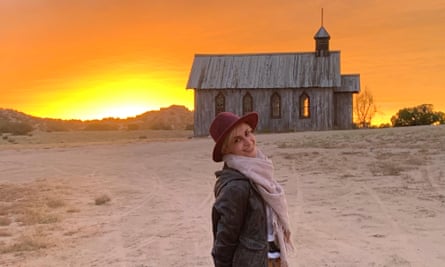
Not that there aren’t moments to make one wince. Souza knew from the outset that he would not include the scene that Baldwin was rehearsing when the fatal shot was fired, but there is only so much that could be expunged without destroying the film’s essence. Although it is no surprise that a western should contain guns and shootouts, some of the echoes in Rust are uncanny. The entire plot hinges, for instance, on an accidental shooting: this is how the orphaned teenager Lucas, played by Patrick Scott McDermott, ends up in prison. Later, when Rust busts him out, there is much brooding over a rifle that has been handed down through the generations. “It’s ruined the life of almost anyone it’s ever come across,” the kid says.
Souza sighs at this. “The movie is about what it’s about: the consequences of violence. There’s a real anti-gun aspect to it.”
He may have been able to save Rust but he had no control over what Baldwin did next. The actor attracted derision earlier this year for his ill-timed reality TV show, which showed him and his family soldiering on in extreme luxury. This paper called The Baldwins “unnecessary” and “distasteful”. Souza didn’t watch it. “I think I was busy hitting myself in the face with a frying pan that night,” he says.
Last summer, he said of Baldwin: “We’re not friends. We’re not enemies. There’s no relationship.” Today, he uses some of the same language when I ask about Gutierrez-Reed, the jailed prop armourer. “There is no relationship,” he shrugs. “I think we might have had a couple of conversations first time around. She seemed nice enough. I just feel terrible for everybody. There can be no joy taken in someone going to jail.”
Inevitably, he still goes over that October day in his head. “You think about the chain of events that started that morning. Bad decision after bad decision was made.” As the film’s writer-director, he feels some responsibility for what happened. “Talk about the butterfly effect. I wish I never wrote the damn movie.”

But he did. And now it’s finally out there, with the addition of some significant nods to Hutchins. She is second-billed after him in the end credits: unheard of for a cinematographer, and likely a contravention of guild rules. “Let some son of a bitch come say a word about that,” Souza says, “and I’ll fight him in the street!” So far, no one has.
The film is also dedicated to Hutchins, and features her name in the credits in Ukrainian as well as in English. “I wanted to include that for her mother,” says Souza. The dedication is accompanied by a line that became a mantra for Hutchins after setting up every shot: “How can we make it better?”
Souza says: “She was asking, ‘How can we improve this shot?’ But I found it to be even more profound than that. If you apply ‘How can we make it better?’ to every aspect of life, one small act at a time, then maybe this place can finally live up to its potential and its purpose.” In the context of Rust, the question takes on a promise of healing: an attempt to draw something positive from the horror of what happened.
Unfortunately, there are signs that the accident has done little to change the industry. “You’ll talk to people who have been on other sets and they say it’s on their minds,” says Souza. “But there’s also this feeling that it could never happen to them. They say, ‘Sometimes a hurricane lands where it lands.’”
Last year he met a veteran cinematographer who told him about a film set in Los Angeles where live ammo was recently discovered. “It had made its way from the truck and through the initial check and they only caught it at the absolute last second. He said this was a major studio shoot. He told me, ‘People aren’t changing. They all feel like you guys were just unlucky.’”

 5 hours ago
5
5 hours ago
5



